This year, the theme of British Science Week was growth. Children across the federation were able to engage with a science activity everyday through early morning work, science based stories and discussions. Further activities were arranged in each year group and children from across the federation were able to create posters to represent growth for the British Science Week poster competition.
Reception
The children in reception enjoyed listening to the stories, ‘It starts with a Seed’, ‘Nature’s tiny miracles: Bees’ and ‘A tadpole’s promise’.
On Tuesday the children made a seed bomb in class! They tore up paper, soaked it in water and then rolled a little bit of the pulp into a ball to dry in an ice cube tray. We discussed where seeds come from and what conditions they need to grow (water, soil and light). The children were very excited to take their seed bombs home to see what they will grow into!
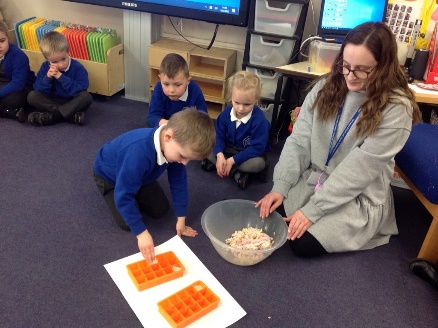

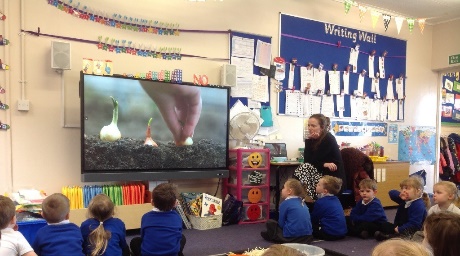
Year 1
The children loved exploring throughout the week all about the different ways we, and the things around us can grow!
We focused in our early morning work, on plant and tree growth and of the properties of different materials. The children really enjoyed this. Mrs Pilbrow also surprised the children by bringing in some daffodils that we could watch grow throughout the day! Some children even had a go at sketching these, and observing their growth.
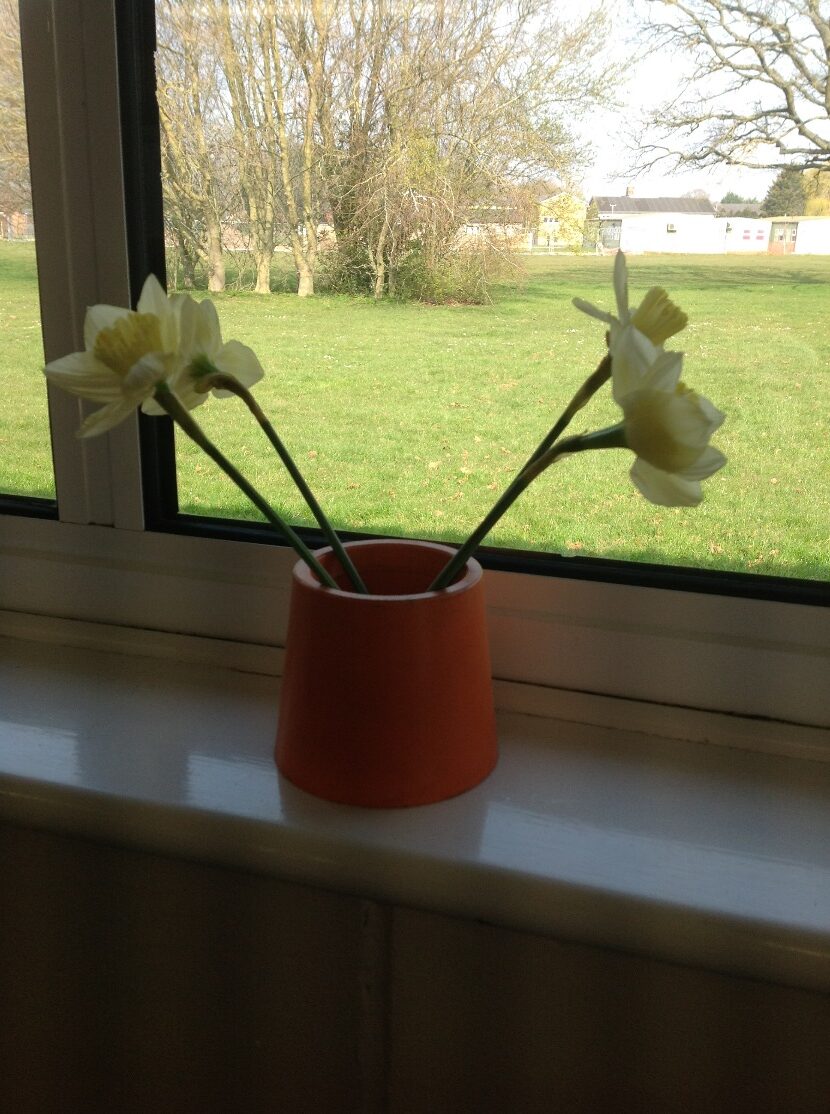
We also found out lots of interesting facts through our science week assembly, for example we found out that the Eiffel Tower grows up to 6 inches taller in the summer. Zach thought this was amazing, and described that “it expands because it’s hot, and then shrinks when it gets cold”.
The children were so excited by this whole week, and many of them spent lots of their break and lunch time, continuing to be scientists, investigating outside spaces, hunting for mini-beasts, and building bug hotels on the playground.
Many children also had a go at helping their bodies to grow by exercising at lunchtime, in our ‘outdoor gym’. The children got out equipment, and we spoke in our classes about how physical exercise is important for their physical development and growth.
Year 2
In year 2, the children thoroughly enjoyed exploring the theme of ‘growth’. We were lucky enough to have an assembly led by Dr. Phil Smith from the Joh Innes Centre, who introduced the week to the children. He talked about how the theme of ‘growth’ can include many different aspects of life, leading to lots of questions and enquiry from the children.
In class, we discussed how the bean that the children had planted had germinated and begun to grow leaves. The children thought about the different conditions that plants need to grow as well as discussing what humans need to grow too.

The children also smashed stereotypes in science. They drew pictures of what they thought scientists looked like before learning about all the different types of scientists. The children really enjoyed learning about the variety of ways people can be scientists and were surprised to discover that lots of everyday people do jobs involving science.



Year 3
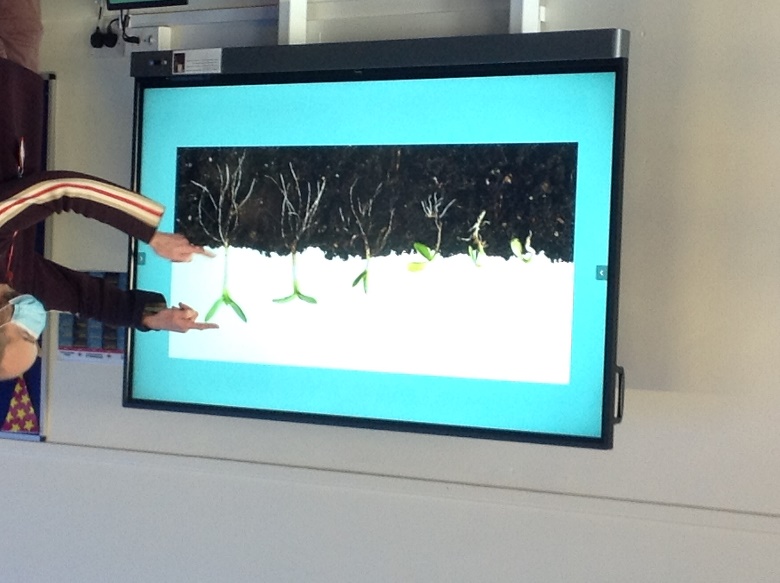 Year 3 kicked off Science week with a familiar local scientist, Dr Phil Smith, a plant pathologist from the John Innes centre. He talked about pattern seeking in science connected to growth. The children really impressed him with their scientific observations and deductions.
Year 3 kicked off Science week with a familiar local scientist, Dr Phil Smith, a plant pathologist from the John Innes centre. He talked about pattern seeking in science connected to growth. The children really impressed him with their scientific observations and deductions.
Throughout the week, the children enjoyed watching unusual short videos linked to their current learning connected to plants, including explosive seed dispersal and the lifecycle of a bean, as well as their prior learning including macro photographic images of crystals and lava. They also enjoyed listening to the story, “A seed is sleepy” and answering questions about the text in guided reading.
After their wellbeing visit from Mrs Owen, the children took some time to observe the growth of the trees on our site and sketched them.

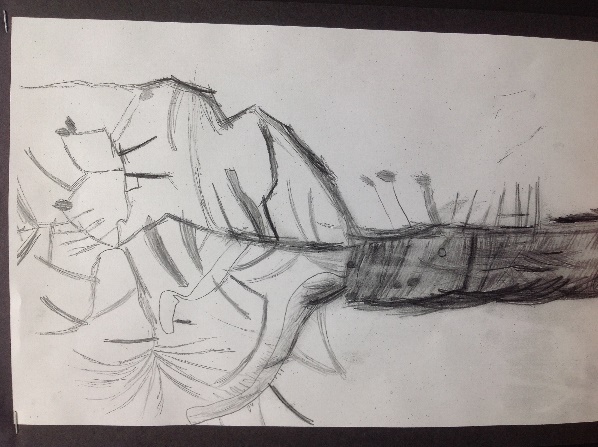
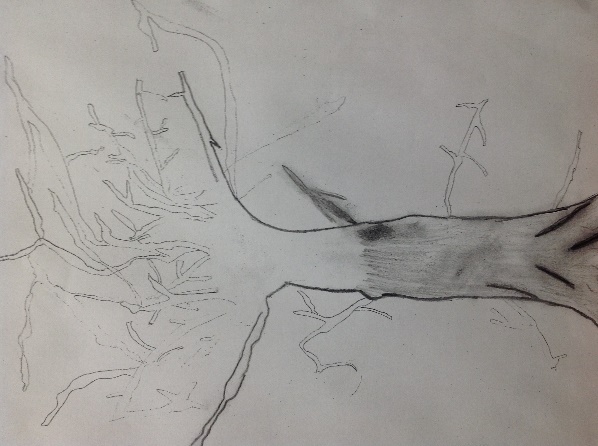
Year 4
Year 4 had an amazing time during British Science Week! On Monday, we joined Dr Phil as he talked about how a scientist might go about conducting an experiment and it was exciting to hear how he played a part in bringing Dippy the Dinosaur to Norwich Cathedral.
During the week, we took part in discussions regarding plants and animals, states of matter, sound and electricity. We watched videos from the science website Explorify and we could start to use our scientific knowledge to explain what’s going on.
On Wednesday, each class enjoyed exploring the school grounds to try and identify tree species. We classified trees into deciduous and evergreen trees and looked carefully at the buds to identify individual species such as oak, cherry and birch trees.

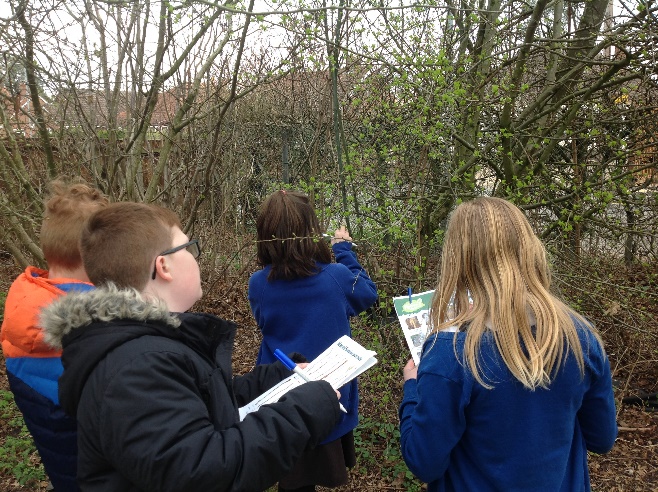
Year 5
In Year 5, the children were investigating ‘do our body parts grow as we get older?’. We collected six hand spans per year group and measured the height of them. As a class, we filled in a table, working out the average height for each year group. After we had the averages, we plotted our data onto a scatter graph. The scientific enquiry we were focused on was pattern seeking. Our results matched our prediction that the older the children are, the taller the hand.



Year 6
The children have had visits from Dr David Murray (a marine biologist) and Dr Phil (a plant biologist). Both visitors talked about what it means to be a scientist; they told the children about their work and explained all of the things that we don’t yet know that future scientists will hopefully find out! The children were able to ask questions about the science our visitors specifically work within and consider a future in science for themselves.
